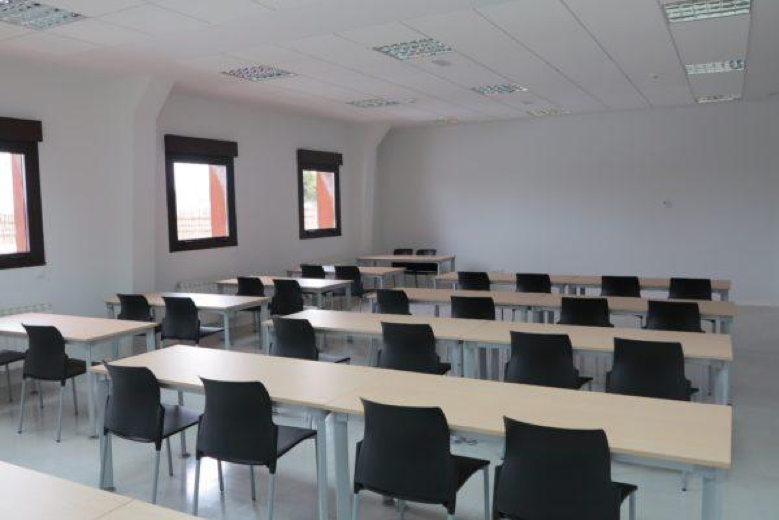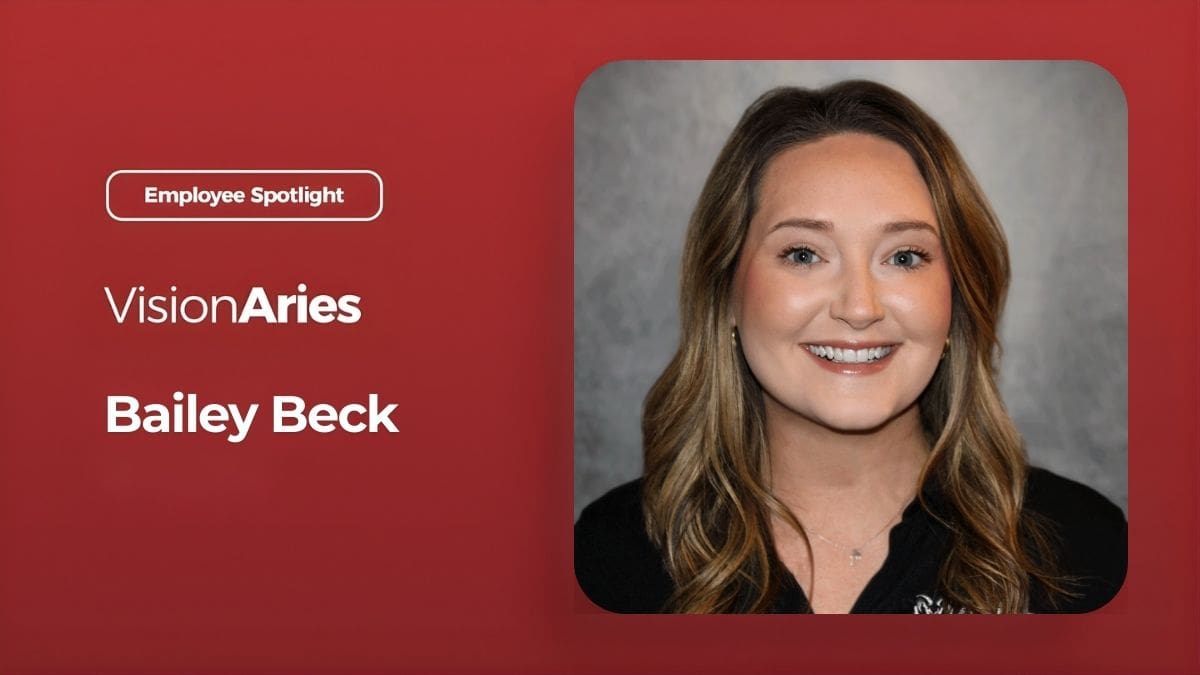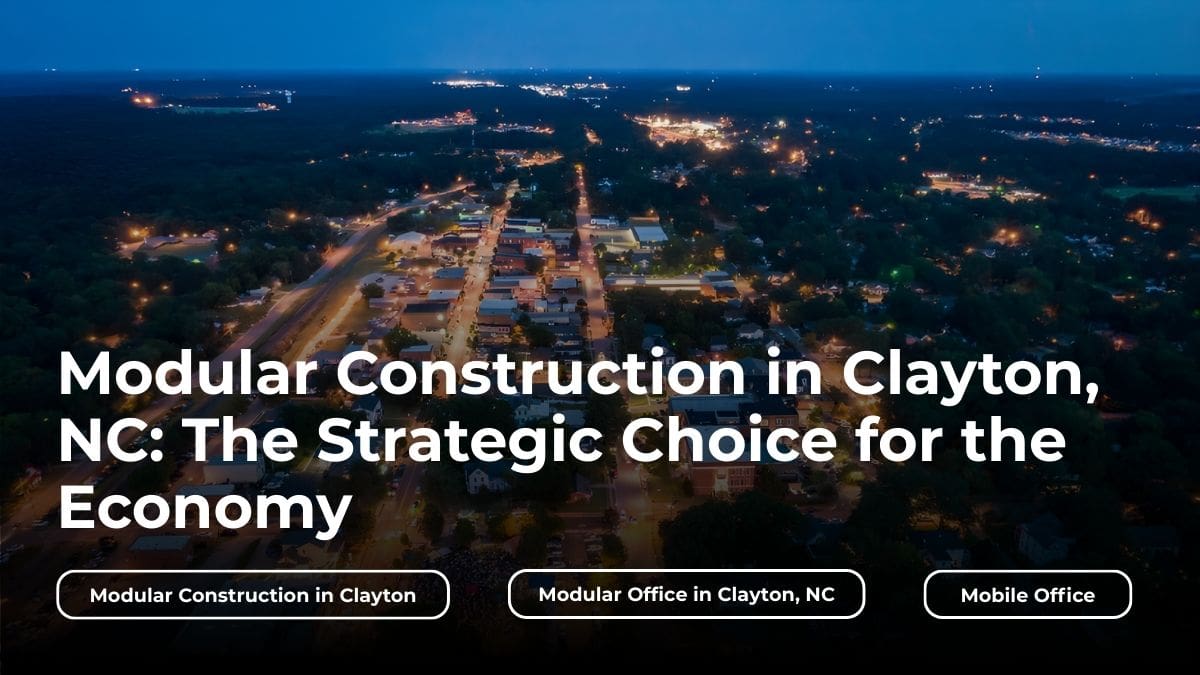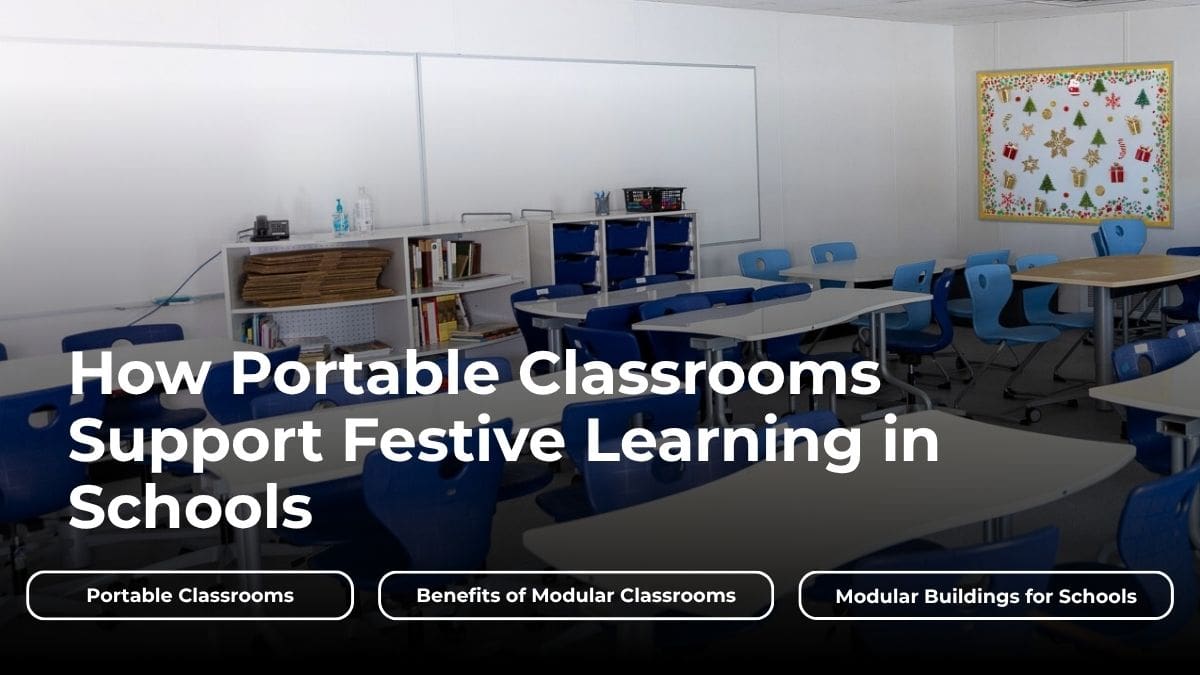A modular, temporary building success story
The students had left for the day and the evening sun wasted its waning intensity on the mostly emptied teacher workroom. The principal took off his tie and threw it haphazardly across one of the rectangular work desks. His eyes became intensely focused. “Why can’t we get classrooms delivered?” he asked himself.
Like in many other countries, his student base had grown exponentially. His classrooms now held 35 students each and if he added even one more student to the classrooms he’d have a teacher riot on his hands. Although he had money for more teachers, there was no place to put them. The district had plans for a new 3,000 student capacity school, but ground wouldn’t be broken on the new project until next year. For now, his school would have to find a way to deal with the space constraints.
In entered Aries. In short time, there would be a small army of 414 portable classrooms rotating around Montgomery County’s school district. One school was able to operate with 500 more students than the infrastructure’s capacity. Summit Hall School added 240 students over its infrastructure capacity. Eventually, these students moved to permanent facilities, but until then, the district continued to outfit schools with pre-manufactured classrooms.
By ordering prefabricated buildings, the students’ education wasn’t interrupted by constant construction noise as the building went up in half the time of a regular on-site structure. Besides the fact that temporary buildings could be built fast, it was assured that the school could meet capacity demands by the new school year.
The parents’ concerns over safety were quickly dispelled by the quality and longevity of the materials – in some cases the material of the temporary building proved stronger than that of the permanent buildings.
The district had solved their problem. Classrooms could be custom built and, best of all, shipped on demand to the location of the need. For the first time, the school had truly versatile, temporary classrooms constructed with high-quality building materials .
The future of modular, temporary buildings: schools, hospitals, government and business offices
As the Montgomery School case study shows, modular buildings offer solutions for cost, time to occupancy, and site disruption. It’s an essential tool in the toolbox of any large enterprise intent on rapid growth or for increasing the capacity for flexible, instantaneous reactions to any circumstance.
Every company has bottlenecks, but for the first time, infrastructure doesn’t have to be the intimidating obstacle that defies creativity in the search for institutional capacity. You can now increase capacity with temporary to permanent offices.
Modular, temporary building has attracted interest from many sectors including those looking at how to handle the immigration crisis, companies conducting R&D in remote locations, entrepreneurial start-ups, hospitals, the military, government services (GSA approved), and corporations moving their offices to new towns. The adaptability of modular buildings to meet sound, temperature, lighting, and sanitation requirements creates a huge demand for these specialized buildings.
Among some of the uses of modular buildings are:
- Hospitals use specialized modular building that meet stringent health requirements to continue patient treatment as hospitals get technological and infrastructure makeovers.
- Governments, the largest service provider in the country, use temporary to permanent buildings for handling unexpected movements in staff or service population (e.g. disaster relief, management of growing populations, movement of military installations).
- Start-ups benefit with temporary building though the low-investment that generates saving on rent and provides a foundation for continued growth.
- Corporations can move essential components of a business to a new town and begin to solidify their presence before the final and complete establishment of their business.
If you can dream it, Aries can build it! An investment in temporary building leads to expanding a company’s potential as it becomes unfettered from time- consuming infrastructure constraints. Suddenly, building space becomes reactive and sensitive to company needs making modular building the new “ace” up institutions’ sleeves.
About Aries Building Systems. – Do YOU need a modular unit for your business or administration? Consider Aries Building Systems. We offer full turnkey solutions with exceptional customer service and robust financing options. We pride ourselves on combining product quality, design expertise, technical and financial innovation and strategy that has already established us a first choice to customers. Contact us today at (888) 995-8560 or reach out to a sales associate here.
A modular, temporary building success story
The students had left for the day and the evening sun wasted its waning intensity on the mostly emptied teacher workroom. The principal took off his tie and threw it haphazardly across one of the rectangular work desks. His eyes became intensely focused. “Why can’t we get classrooms delivered?” he asked himself.
Like in many other countries, his student base had grown exponentially. His classrooms now held 35 students each and if he added even one more student to the classrooms he’d have a teacher riot on his hands. Although he had money for more teachers, there was no place to put them. The district had plans for a new 3,000 student capacity school, but ground wouldn’t be broken on the new project until next year. For now, his school would have to find a way to deal with the space constraints.
In entered Aries. In short time, there would be a small army of 414 portable classrooms rotating around Montgomery County’s school district. One school was able to operate with 500 more students than the infrastructure’s capacity. Summit Hall School added 240 students over its infrastructure capacity. Eventually, these students moved to permanent facilities, but until then, the district continued to outfit schools with pre-manufactured classrooms.
By ordering prefabricated buildings, the students’ education wasn’t interrupted by constant construction noise as the building went up in half the time of a regular on-site structure. Besides the fact that temporary buildings could be built fast, it was assured that the school could meet capacity demands by the new school year.
The parents’ concerns over safety were quickly dispelled by the quality and longevity of the materials – in some cases the material of the temporary building proved stronger than that of the permanent buildings.
The district had solved their problem. Classrooms could be custom built and, best of all, shipped on demand to the location of the need. For the first time, the school had truly versatile, temporary classrooms constructed with high-quality building materials .
The future of modular, temporary buildings: schools, hospitals, government and business offices
As the Montgomery School case study shows, modular buildings offer solutions for cost, time to occupancy, and site disruption. It’s an essential tool in the toolbox of any large enterprise intent on rapid growth or for increasing the capacity for flexible, instantaneous reactions to any circumstance.
Every company has bottlenecks, but for the first time, infrastructure doesn’t have to be the intimidating obstacle that defies creativity in the search for institutional capacity. You can now increase capacity with temporary to permanent offices.
Modular, temporary building has attracted interest from many sectors including those looking at how to handle the immigration crisis, companies conducting R&D in remote locations, entrepreneurial start-ups, hospitals, the military, government services (GSA approved), and corporations moving their offices to new towns. The adaptability of modular buildings to meet sound, temperature, lighting, and sanitation requirements creates a huge demand for these specialized buildings.
Among some of the uses of modular buildings are:
- Hospitals use specialized modular building that meet stringent health requirements to continue patient treatment as hospitals get technological and infrastructure makeovers.
- Governments, the largest service provider in the country, use temporary to permanent buildings for handling unexpected movements in staff or service population (e.g. disaster relief, management of growing populations, movement of military installations).
- Start-ups benefit with temporary building though the low-investment that generates saving on rent and provides a foundation for continued growth.
- Corporations can move essential components of a business to a new town and begin to solidify their presence before the final and complete establishment of their business.
If you can dream it, Aries can build it! An investment in temporary building leads to expanding a company’s potential as it becomes unfettered from time- consuming infrastructure constraints. Suddenly, building space becomes reactive and sensitive to company needs making modular building the new “ace” up institutions’ sleeves.
About Aries Building Systems. – Do YOU need a modular unit for your business or administration? Consider Aries Building Systems. We offer full turnkey solutions with exceptional customer service and robust financing options. We pride ourselves on combining product quality, design expertise, technical and financial innovation and strategy that has already established us a first choice to customers. Contact us today at (888) 995-8560 or reach out to a sales associate here.
Follow Us On Social Media!








